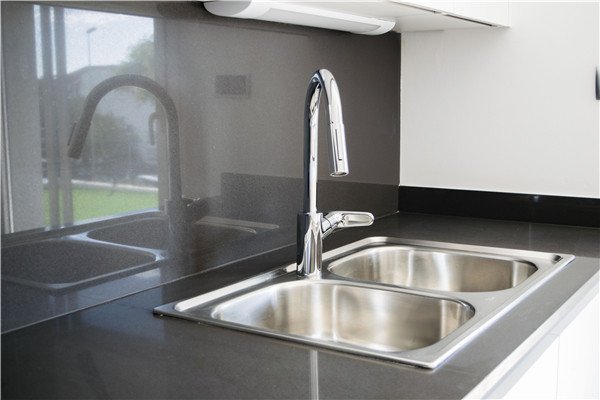Self-rimming kitchen sinks, also known as drop-in sinks, are a popular choice for many homeowners. These sinks are designed to sit on top of the countertop and have a rim or lip that sits flush with the counter. Self-rimming sinks are relatively easy to install and can be a good option for those who want to save money on their kitchen sink purchase. However, there are also some potential drawbacks to consider when it comes to self-rimming sinks.
Pros:
- Easy to install: Self-rimming sinks are typically easy to install, as they can simply be dropped into a hole in the countertop. This makes them a good choice for those who want to save money on installation or who want to do the installation themselves.
- Wide range of styles: Self-rimming sinks are available in a wide range of styles, materials, and colors, so it’s easy to find one that fits with the overall design of your kitchen.
- Cost-effective: Self-rimming sinks are generally less expensive than other types of kitchen sinks, such as undermount or farmhouse sinks. This can make them a good choice for those on a budget.

Cons:
- Not as durable: Self-rimming sinks are not as durable as other types of sinks, as the rim or lip is prone to damage from accidental impacts or from heavy pots and pans.
- Harder to clean: The rim or lip of a self-rimming sink can be harder to clean, as it can trap dirt and grime in the corners. This can lead to a build-up of bacteria and other contaminants over time.
- Less visually appealing: Some homeowners may find that self-rimming sinks are not as visually appealing as other types of sinks, as the rim or lip can be visually distracting.
Overall, self-rimming kitchen sinks can be a good choice for those who want an easy and cost-effective way to upgrade their kitchen sink. However, it’s important to consider the potential drawbacks, such as reduced durability and difficulty in cleaning, before making a decision.
